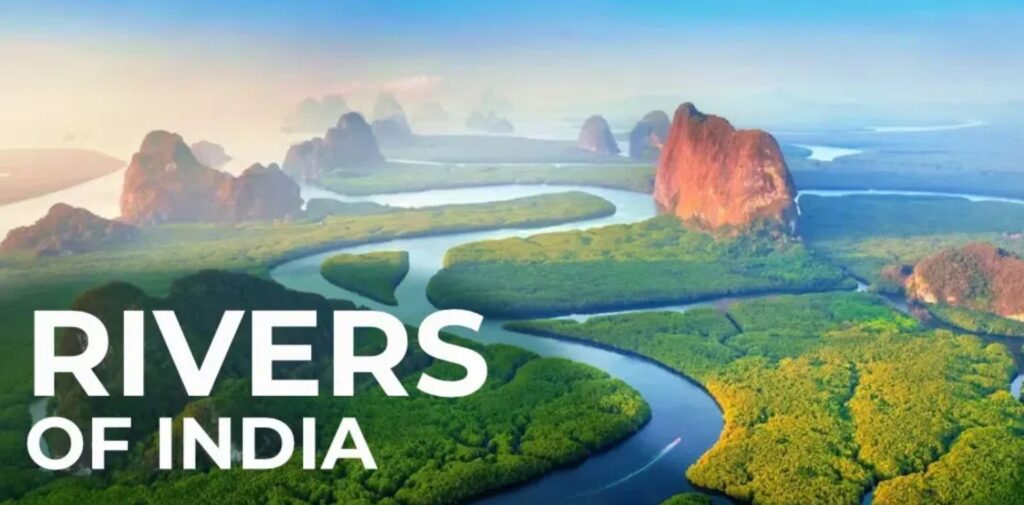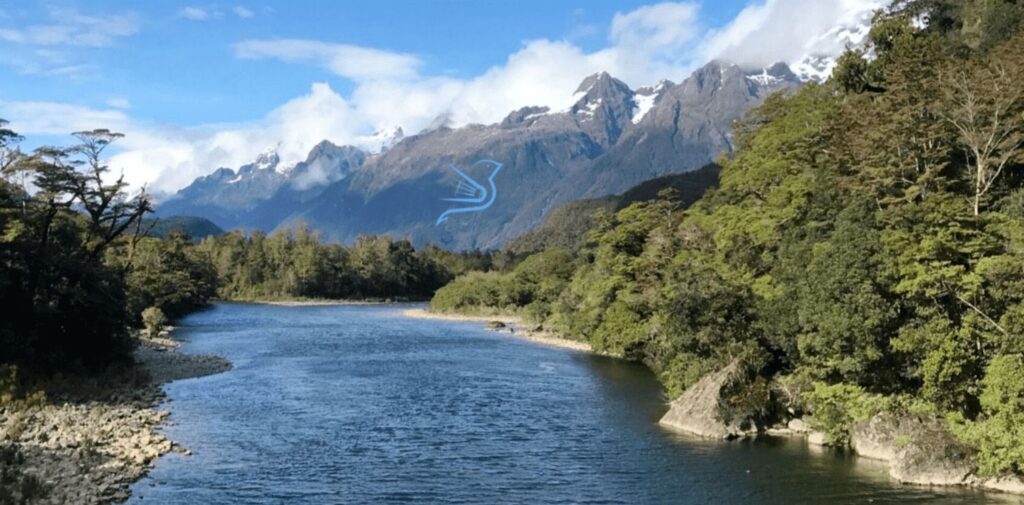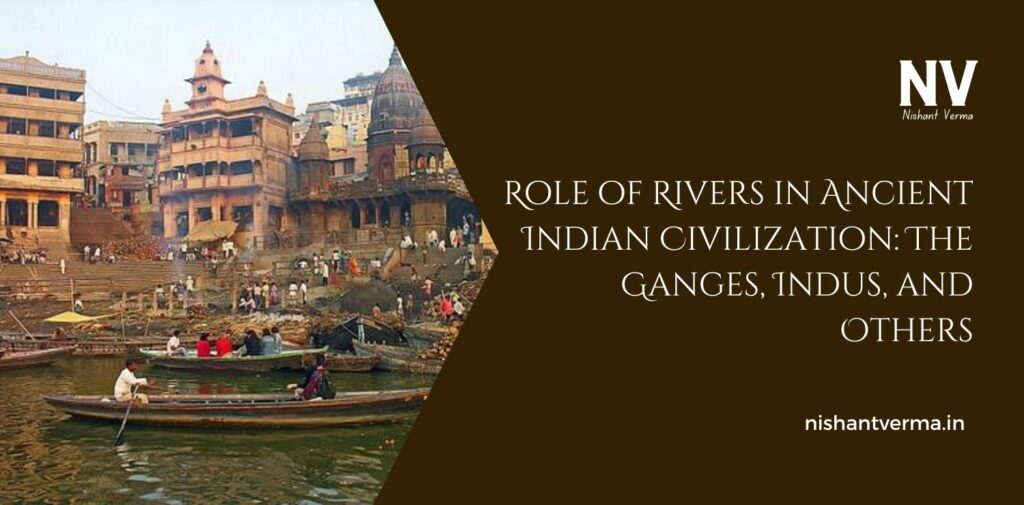Rivers in Ancient Indian have always been a very important part of life. From the very beginning of human history, rivers have been the lifeblood of many civilizations. In ancient times, they were not just sources of water, but also helped in farming, trade, and the growth of culture. Rivers like the Ganges, Indus, and many others played a big role in shaping India’s ancient civilization. Let’s take a look at how these rivers were important and how they helped in the development of Rivers in Ancient Indian society.
The Indus River: The Heart of the Indus Valley Civilization
The Indus River is one of the oldest and most famous rivers in the world. It flows through present-day Pakistan and parts of India. Thousands of years ago, this river was the center of a great civilization known as the Indus Valley Civilization. This civilization, also called the Harappan Civilization, was one of the earliest in human history. Cities like Harappa and Mohenjo-Daro, which were part of this civilization, grew near the Indus River.

Why was the Indus River so important?
- Water for Life: The Indus River provided water for drinking, cooking, and washing. The people of the Indus Valley relied on this water to survive in a hot and dry region.
- Farming and Agriculture: The river made the land fertile. It brought fresh soil and minerals, which helped people grow crops like wheat, barley, and cotton. The fertile land near the river helped farmers grow enough food for the people.
- Trade and Transportation: The river was also used for transport. Traders used boats to carry goods like cotton, pottery, and other items from one place to another. The river helped people trade with others in different parts of the region.
- Development of Cities: The cities of the Indus Valley were planned carefully, with wide streets, drainage systems, and public baths. These cities flourished because of the river, which gave them the resources they needed to grow and develop.
The Ganges River: A Symbol of Life and Culture
The Ganges River, or Ganga, is another very important river in India. It is often called “The Mother of India” and is one of the holiest rivers for Hindus. The river flows from the Himalayas and passes through many states in India before emptying into the Bay of Bengal.
Here’s why the Ganges River was so significant:
- Spiritual Importance: For Hindus, the Ganges is not just a river; it is considered a goddess. People believe that bathing in the Ganges can wash away sins and bring peace and good fortune. Millions of people visit the river every year for religious rituals and ceremonies.
- Life-Giving Waters: Like the Indus River, the Ganges provided water for drinking, bathing, and cleaning. The water was used by people for everyday activities. This made the Ganges River an important part of people’s lives.
- Agriculture and Fertility: The Ganges River also made the land fertile. Every year, the river floods its banks and spreads nutrient-rich soil over the land, making it perfect for growing crops like rice, wheat, and sugarcane. Farmers along the Ganges grew large amounts of food for the people living in the region.
- Trade and Communication: The Ganges River has always been used for transport and trade. In ancient times, people traveled by boats along the river, carrying goods like spices, silk, and pottery. This helped cities along the river grow into powerful centers of trade and culture.

The Role of Rivers in Ancient Indian Society
Rivers in Ancient Indian were not just sources of water for ancient people; they were the very foundation of life in India. They shaped the way people lived, worked, and interacted with each other.
- A Source of Food: The most important need for survival is food, and rivers helped provide that. The fertile land near rivers allowed ancient people to grow crops. The rivers helped irrigate the fields, making it possible to grow food even during dry seasons. This made farming very successful and allowed people to stay in one place for longer periods of time.
- Centers of Trade and Culture: Rivers helped connect different parts of the country. People living near rivers could trade goods easily, whether it was through boats on the river or by connecting to other trade routes. Cities along rivers became important trade centers, where people could buy and sell goods like food, clothes, spices, and jewelry. Besides trade, rivers were also centers of culture. The people who lived near rivers built beautiful temples, homes, and buildings. Rivers also became important places for religious ceremonies. For example, in many ancient Indian texts and stories, rivers are mentioned as holy places. This shows how rivers were linked to spirituality and culture.
- A Source of Transportation: In ancient times, people didn’t have cars or trains. Instead, they used boats and rafts to travel along the rivers. The rivers acted as highways, making it easier to move from one place to another. This helped people travel for trade, exploration, and even war. The rivers made transportation easier and faster, helping societies grow and expand.
Other Important Rivers in Ancient India
While the Indus and Ganges are the most famous rivers in India’s ancient history, there are several other rivers that also played important roles:
- The Yamuna River: The Yamuna is a major river that flows alongside the Ganges. It was also an important river for trade, farming, and religious activities. The city of Mathura, which is near the Yamuna, was an important cultural center in ancient India.
- The Sarasvati River: This river is mentioned in many ancient texts, especially the Vedas. Though it is believed to have dried up long ago, the Sarasvati was once a mighty river that played a key role in the life of early Indian civilizations.
- The Godavari and Narmada Rivers: These rivers flow through central and southern India and have been important for agriculture and trade in those regions.

Conclusion: Rivers in Ancient Indian Civilization
Rivers in Ancient Indian were more than just streams of water. They were the lifeblood of civilizations, providing water for daily needs, fertile land for crops, and ways to travel and trade. The rivers helped cities and villages grow into powerful centers of culture, religion, and economy. Rivers like the Indus, Ganges, and others shaped the story of India’s ancient civilizations.
Even today, the rivers of India continue to hold great importance in the lives of millions of people. They remind us of the deep connection between nature and human society, and how rivers have always played a vital role in shaping history.




